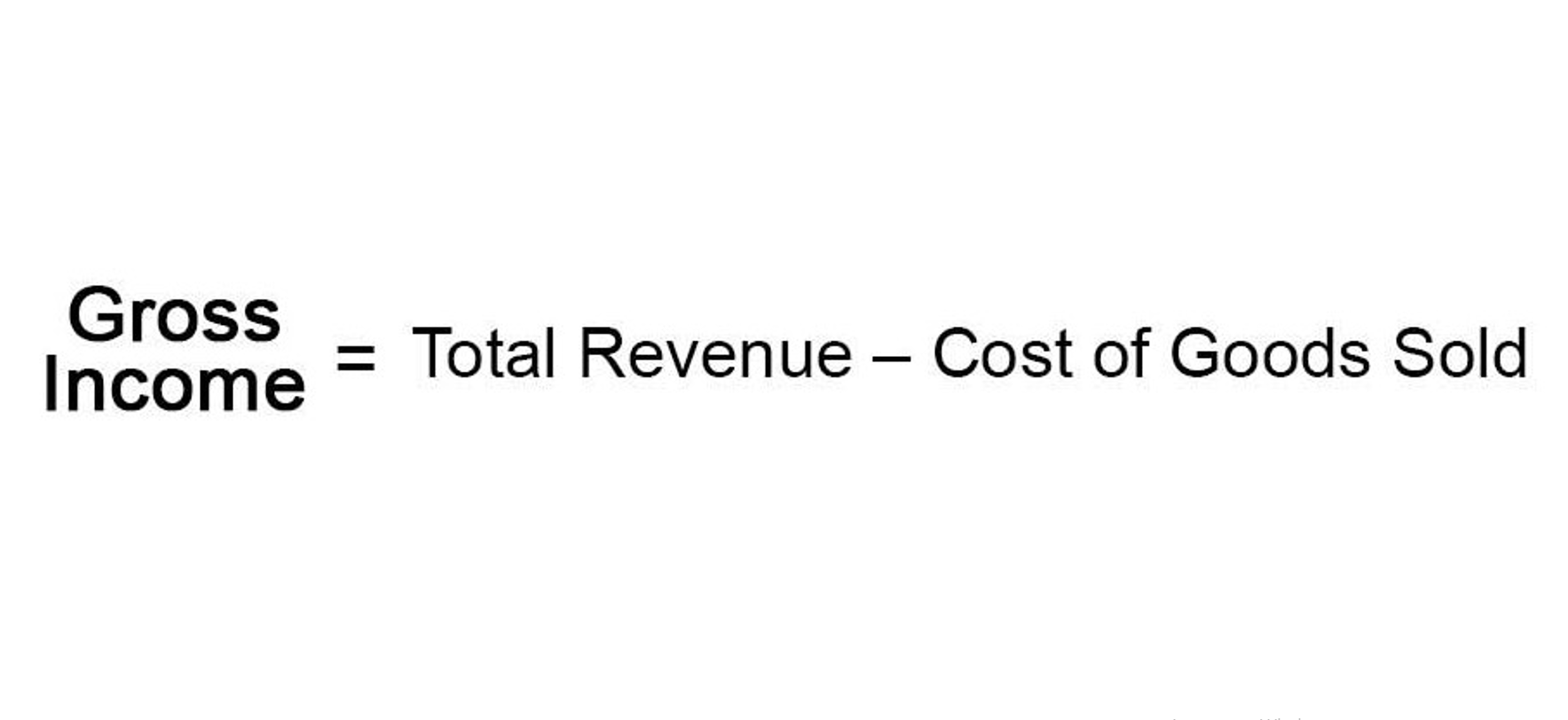
Finally, deduct the amount of tax you’ll pay from the last figure to calculate the net profit, also referred to as the “bottom line”. The first step to reporting your short-term assets is to list all of your current assets in a line item format. This can include cash, accounts receivable, inventory, and prepaid expenses. Be sure to include any other current assets that your restaurant may have. POS systems are connected at every point of your business – from inventory to sales – and can integrate with accounting packages like MYOB, Xero and Quickbooks or employee software like Deputy. This means you can easily pull reports for specific time periods (day, week, month, year etc) on your COGS, sales, stock on hand, accounts payable, labour costs..
However, it’s in the CFS of October that he’ll enter a $1,500 operating cash outflow. That’s because, you will actually pay the vendor $1,500 in October since you have 30 days to pay the amount due. Let’s say you want to predict how many customers will visit your venue on a given day.
Calculating your profit and loss statement
If you’re in the restaurant biz you’ll know how important it is to stay on top of your finances. With profit margins for Aussie restaurants averaging a razor thin 2%, knowing exactly how much money is coming in versus what’s going out is a fine balancing act. These challenges are not easy to overcome, but with a good understanding of your balance sheet, you can make the right decisions and take action against them. In general, it can be notoriously difficult to run your own business, but that can be doubly so when it comes to running a restaurant. You have to balance day-to-day management of front of house operations with back of house matters.
- Two of the best ways to increase your profits are to teach your bartenders how to upsell and by investing in a perpetual inventory system like BinWise Pro.
- This post covers the basics of understanding how to read a Balance Sheet and how to utilize that knowledge to make profitable decisions to facilitate growth and success.
- Assets are anything that your business owns and can use to generate income, such as property, equipment, inventory, and cash.
- With RASI’s automated software, we’ll help you keep track of short-term and long-term assets, whether you need assistance with depreciation, accounting, balance sheets, and more.
- To help make restaurant balance sheets a little easier to understand, here’s an example of how creating one works.
For instance, increased debt could mean there is more cash as you have taken a loan from somewhere, and decreased debt can mean less cash as you have paid off a liability. As a restaurant owner, you have to look after and keep track of every aspect of your operations – staff, raw materials, customer service, sales volume, and more. In order to create a pro forma, or forecasted balance sheet you will need to create a full set of financial projections for your restaurant. Learn about the difference between a current balance sheet and balance sheet forecast in our guide. Restaurant liabilities are what a restaurant owes for a certain period of time, like outstanding vendor bills, rent for property or equipment, lines of credit, or loans.
Restaurant Financial Statements FAQs
The income statement helps restaurant owners understand how much they have spent, how much they have earned, and how much profit they have made in a certain time frame. Your profit and loss statement should not be confused with your restaurant balance sheet. While the P&L weighs sales and costs to show the amount of profit or loss generated by your restaurant, your balance weighs assets and liabilities bookkeeping for restaurant to reveal if your business is financially stable. Keeping track of cash flow statements is crucial for restaurant success as it helps owners better understand exactly where their cash is going and coming from. It also helps restaurant owners forecast future cash flow to ensure that they have sufficient funds to manage and finance the restaurant’s current operations and growth projects.

A restaurant balance sheet is a statement that lists your business assets, liabilities (debt), and equity at a given point in time. In other words, it’s a snapshot of what your company owns and owes, as well as the amount invested. A clean and accurate restaurant balance sheet provides a complete picture of debt and helps create strategies to increase your profitability.
The Balance Sheet on Outsourcing
In the assets section, we’ve further broken things down into current assets and long-term assets. In the liabilities section, you’ll find a similar division between current liabilities and long-term liabilities. Expenses are not included on the balance sheet; they are recorded on the income statement. The balance sheet shows assets, liabilities, and equity, while the income statement reflects revenues and expenses over a specific period. A cash flow statement gives a detailed record of the cash coming in and going out of your restaurant.



